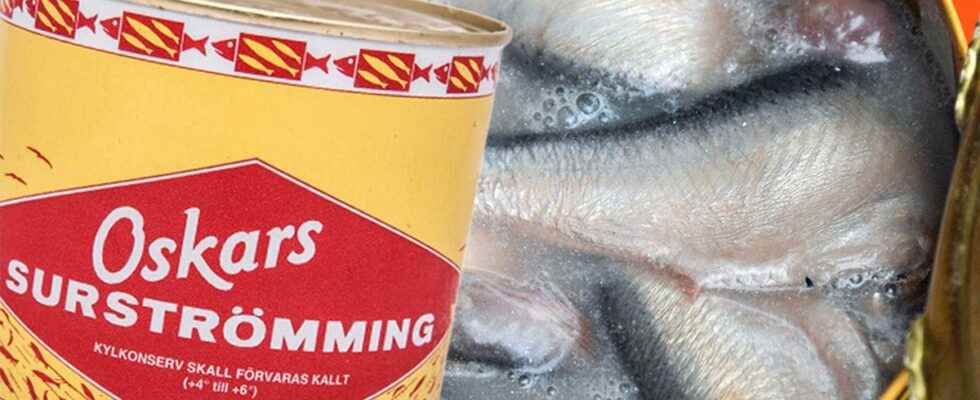Published: Less than 2 hours ago
This year’s surströmming from Oskars looks to be the last.
In two years, the herring catch has decreased from 100 tonnes to 10 tonnes.
– It feels really bitter. You don’t want to end like this, says Jan Söderström, owner of Oskars Surströmming.
The year is 1955. Oskar Söderström has just opened the company in Tynderö outside Sundsvall. About 20 years later, Oskar’s son Jan Söderström takes over the company. A job he has had until today.
– I started when I was twelve years old and took over the company in 1980, says Jan Söderström, who was first interviewed by SVT Västernorrland.
But all good things come to an end and so perhaps also for the surströmming company in Medelpad.
– It feels terrible. Have worked for over 40 years and developed and invested in all manner of ways. You want to decide for yourself when you quit, says Jan Söderström.
“Five percent large streaming left”
He says that on Thursday they packed the last can for the year, after having the process running for 14 working days. Normally, the work takes four to five weeks. In addition, 20 young people usually work in the summer at the company, this year it was only 10. Despite this, the process took barely three weeks to complete.
– In 2020 there were 100 tons of flounder, 60 tons last year and this year 10 tons. It is 10 percent and it is quite similar to other salteries.
Jan Söderström believes that the major reason for the situation is the increased quotas for trawl fishing. The increased quotas mean that the stream does not have time to grow and all the fish are caught when they are small. The fish is then used to feed, for example, salmon. Because of this, the amount of large streaming, which is the variety used for eating, is reduced.
– They have to fix the food for the Norwegian salmon in some other way, he says and believes that the large industrial fishing is what destroys the local fishermen.
– There is five percent of streaming left.
Last year, the quotas for trawl fishing increased by 70 percent, a decision that, according to Jan Söderström, was completely crazy.
– I seriously thought they would lower it by 70 percent, he says.
“Incredibly serious”
Henrik Hamrén, science journalist at the Baltic Sea Center at Stockholm University, believes that a reduced stock of sturgeon can have serious consequences for the marine ecosystem.
He explains that the current is an important engine in the Baltic Sea ecosystem. It is food for many animals and is also the link for the transfer of nutrients and energy between plankton and the larger sea animals. Should the flow decrease, it would mean that it upsets the natural food chain.
– You have to take it seriously, it is incredibly serious, he says.
Henrik Hamrén believes that many different things need to be done, but agrees that the large-scale trawling is the single most important problem to fix.
– Personally, I think that the annual catch quotas should be greatly reduced in the central and western Baltic Sea as well as in the Gulf of Bothnia, and the trawl limit should be moved out along the entire east coast, he says.
May disappear forever
Perhaps Sweden’s most controversial dish does not have a bright future, it seems, and the culture created by surströmming may not survive much longer, says Jan Söderström.
– It’s a damn shame for surströmming culture. These younger people will look for other jobs and then this will disappear, he says.
Jan Söderström says that he test fished last fall and this spring and then noticed the development. If the autumn’s test fishing has the same low results, it looks like Oskar’s surströmming will sink below the surface forever.
– There is a big risk that we cannot continue, he says.
